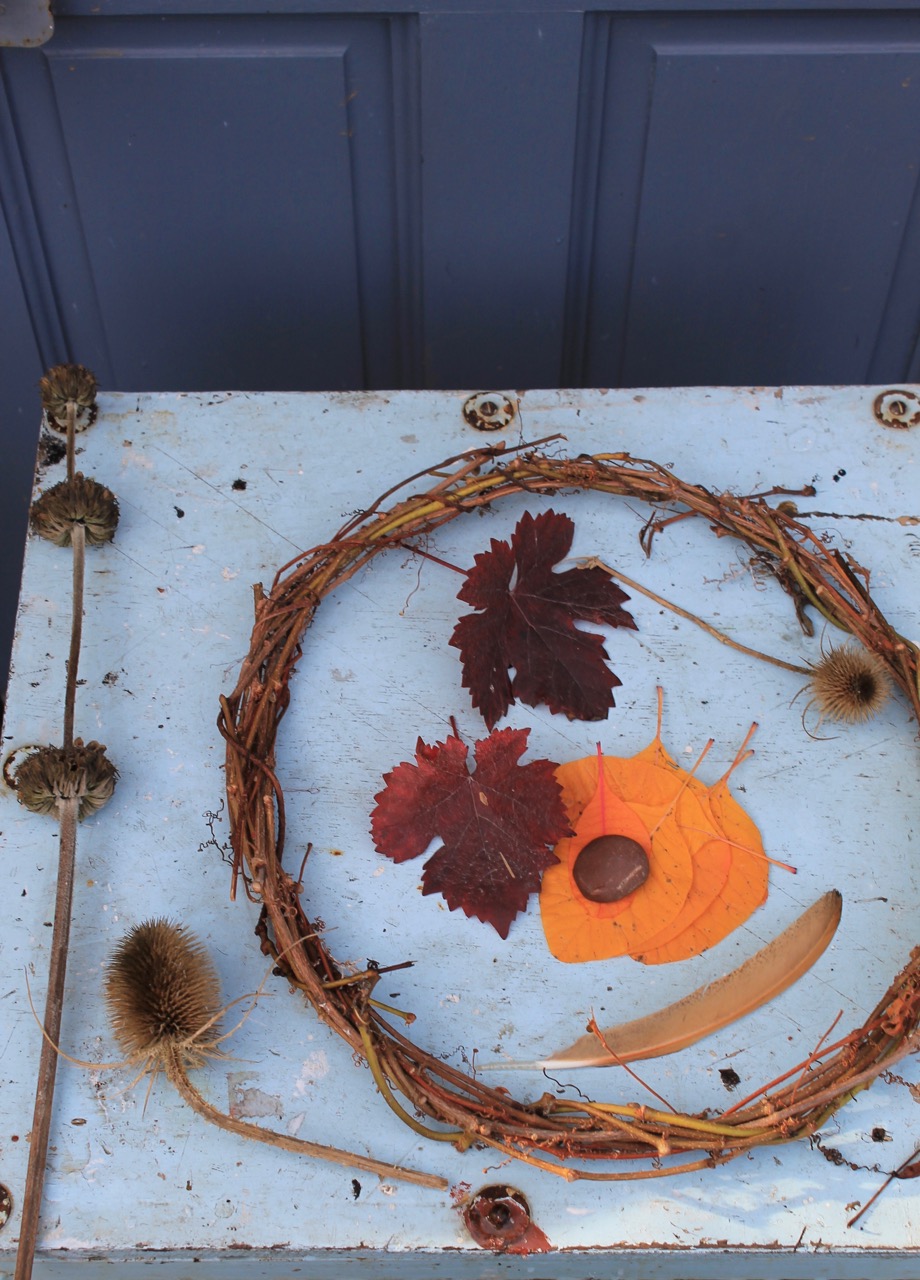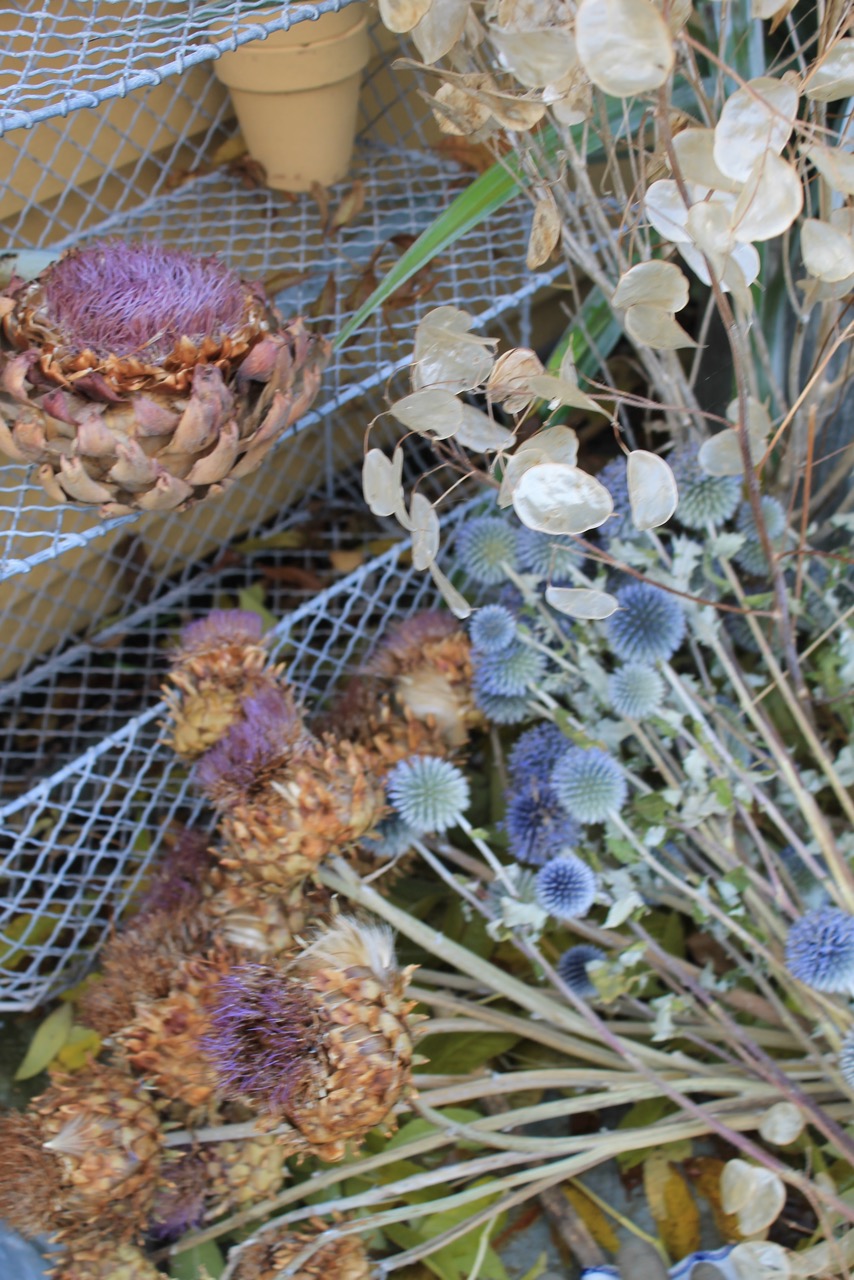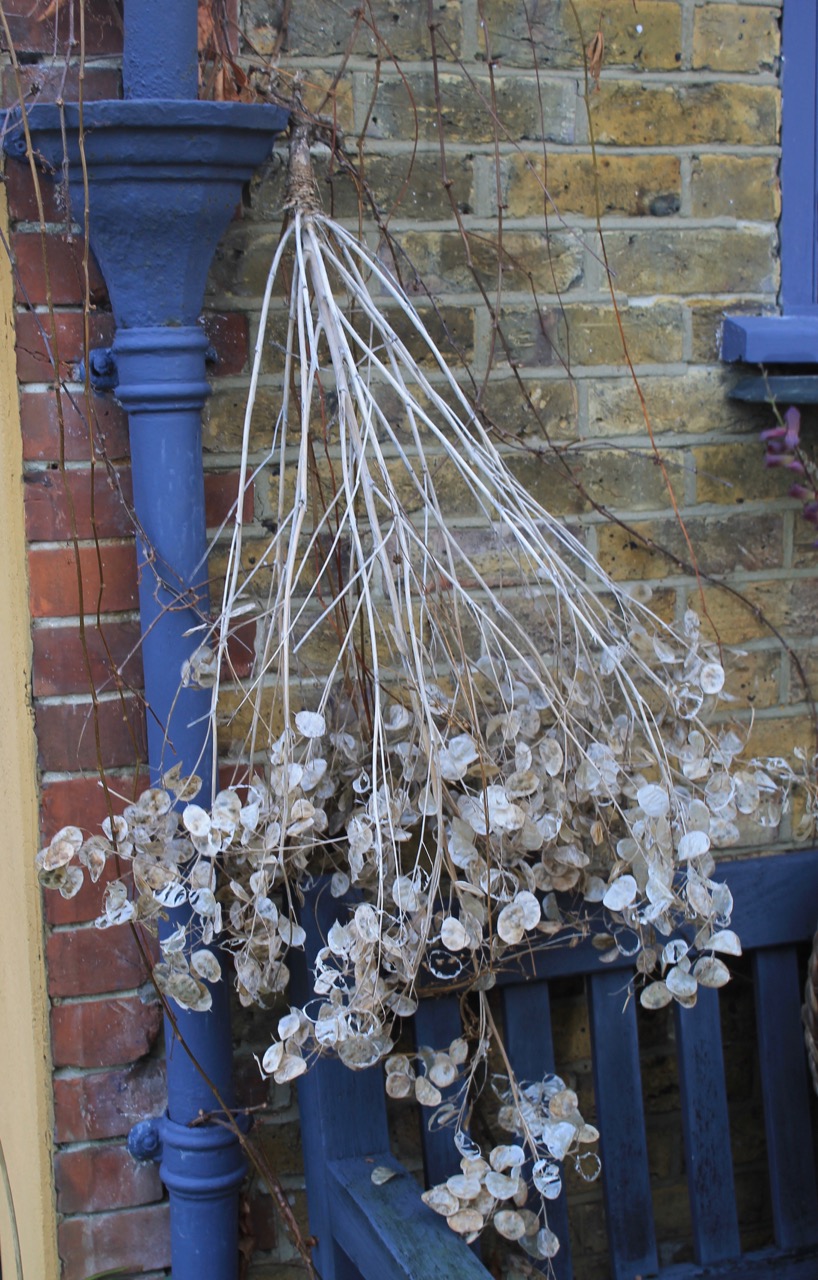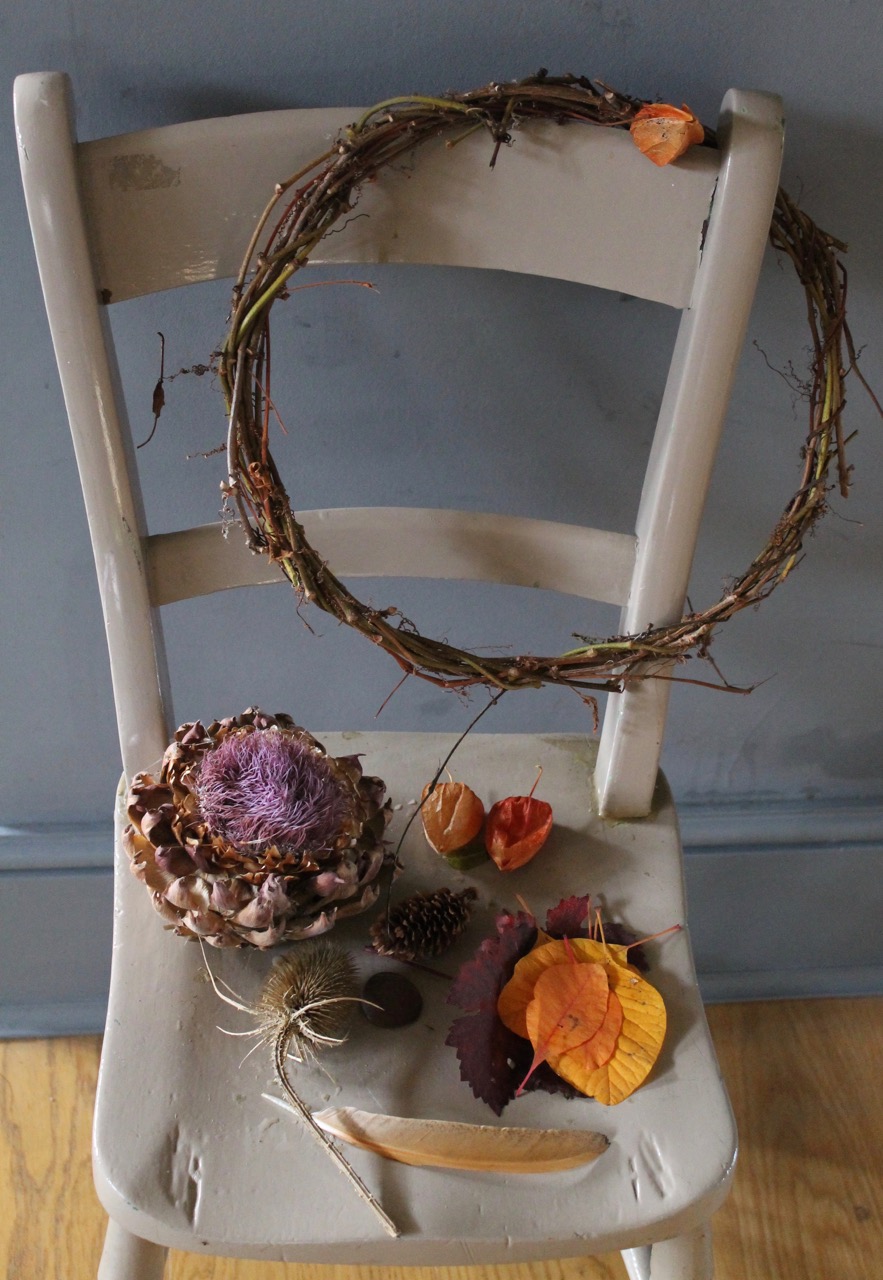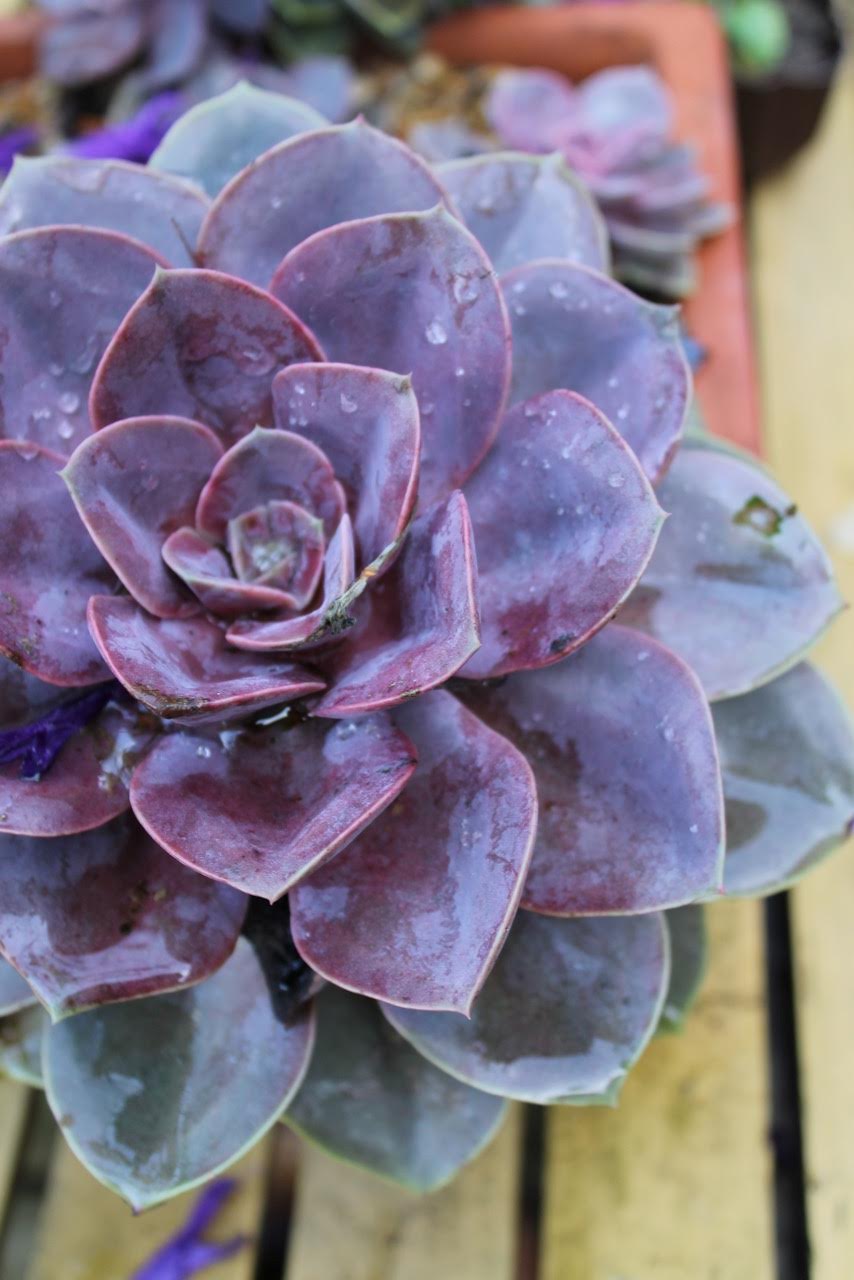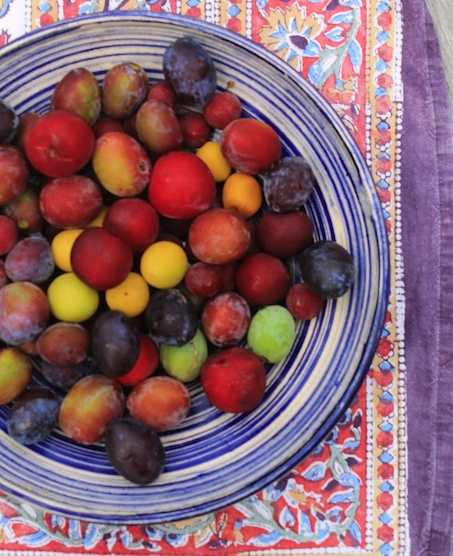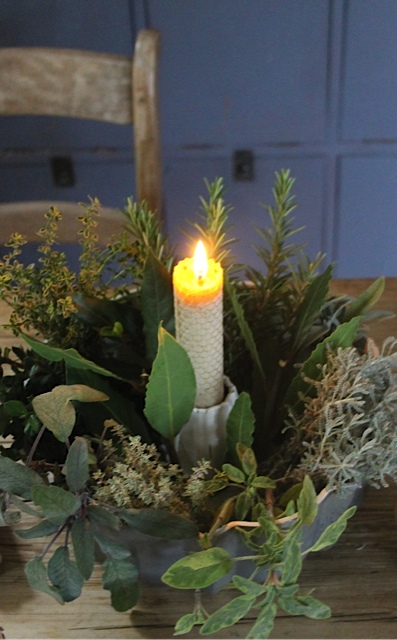BRINGING THE OUTSIDE IN
Time to squirrel away anything you feel might be useful to decorate your house over the next few months. Interesting seed heads, flowers that die prettily, colourful leaves, and pliable twiners – all should be protected from the weather and kept carefully somewhere dry.
Hang tied bunches together heads down. Bits will drop off, so make sure they don’t fall on anything that might be damaged. Leaves can be dried flat between sheets of newspaper and placed under a mat for a week or so, and climbers should be twisted into a wreath or garland shape now while they’re still pliable.
Bring in something new and try out a few bits and bobs you’ve not used before, it’s always good to experiment. None of your decorations are meant to last. Next month, I’ll show you my efforts for this year from the ingredients in these photos.
In the meantime, come and visit us here in Whitstable on December 4th when we’ll be holding our annual Christmas Shopping Day. Start celebrating Christmas here with an eclectic mix of passionate people selling tasty treats, stocking fillers, decorations and special presents to suit every pocket.
- Katy Cox's Mighty Fine Things include locally sourced homemade fruit liqueurs, preserves and Christmas goodies. Lots of seasonal tastes and presents.
- Rune, The Norse Baker bakes fab biscuits and sources vintage goodies to bring a Scandi twist to your celebrations. Also Stollen from local baker Toby Schwenn.
- Hiroko Aono-Bilson is textile artist using antique fabrics to make kimonos and scarves. And an addictive collection of handmade soft toys.
- Kim Barnicott — a floral artist who brings an exciting new twist to Christmas decoration, especially using succulents. Also garden pots from Danish potter Hanne Westergaard.
- Cranbrook Iron make bespoke ironwork for home and garden. I've just bought a beautiful rusty curled fern that's on my kitchen table.
- Nicola Smith has transformed her collection of embroidered vintage French textiles into lovely presents, including aprons, bunting and advent calendars.
- Jan Plaice turns beach pebbles into tiny works of art, and slivers of wood into hand-painted tree decorations.
Odds and ends I think you'll like from The Kitchen Garden. The usual eclectic mix: vintage, garden and kitchen stuff plus books at rock-bottom prices.
I'll also be selling hardly-used gardening books I've reviewed at reduced prices. Funds will go to help the Whitstable Calais Solidarity Group, as will proceeds from refreshments: glasses of mulled wine and spiced biscuits.

